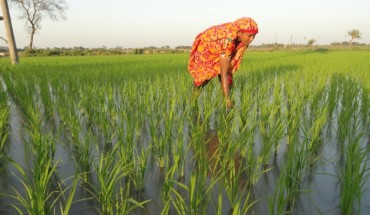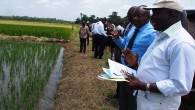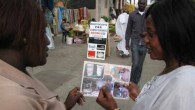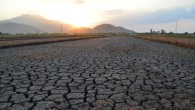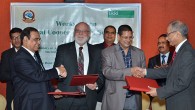Rural women in Bangladesh are responsible for most of the hard work in and around the homestead, yet their work is seldom recognized as part of agriculture. But a woman from a small village in Bangladesh is proving that she is capable of contributing to household food security through improved farming practices....
TRENDING Topics

